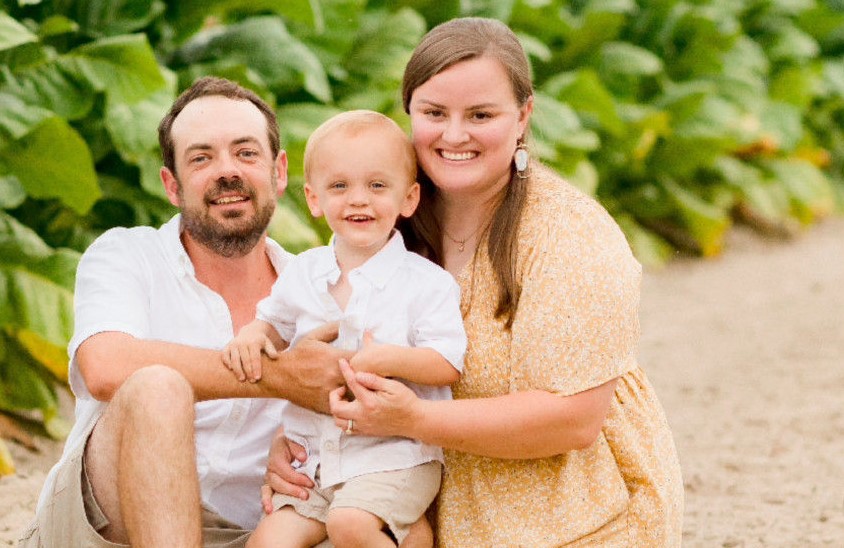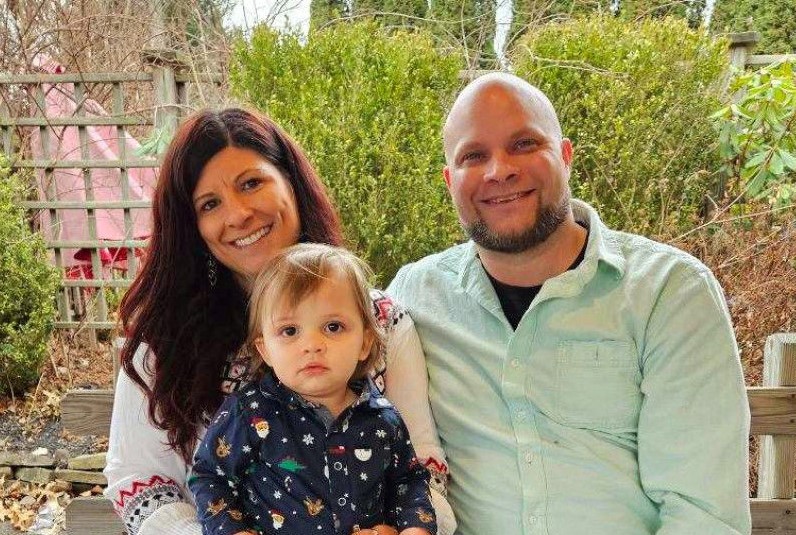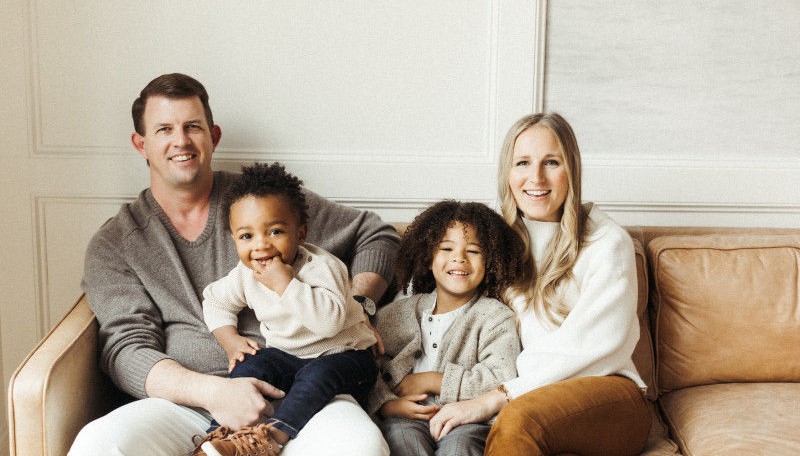Adopting a Child with Cerebral Palsy: What You Need to Know
Learn More About International Adoption
Children with cerebral palsy across the globe are waiting for the love and care of a forever family. Many of these children, despite their challenges, have so much to offer in return for the love and support they need. Gladney’s international adoption program is here to help you learn about these resilient children and how you can provide them with a permanent, nurturing home. Explore how you can make a difference in the life of a child with special needs today.
Ready to start your adoption journey?
Register for a free information session to learn more about adopting internationally and how to provide a forever family for a child in need.
Cerebral Palsy (CP) is a group of disorders affecting movement, posture, and muscle coordination, often caused by damage to the developing brain. When considering adopting a child with CP, it’s essential to understand what CP entails and how to care for a child with this condition.
Understanding Cerebral Palsy
CP is unique to each child, with symptoms ranging from mild to severe. It can affect one or more parts of the body, with some children experiencing difficulty walking, while others may struggle with fine motor skills or speech. Children with CP may also have other associated conditions, such as seizures, visual or hearing impairments, and cognitive challenges. However, with the right interventions, children with CP can lead fulfilling lives.
Types of Cerebral Palsy
- Spastic CP: The most common type, causing stiff muscles and awkward movements. It can affect just one side of the body (hemiplegia), the legs (diplegia), or all four limbs (quadriplegia).
- Dyskinetic CP: Characterized by involuntary movements, making it difficult for children to control their hands, arms, feet, and legs.
- Ataxic CP: Impacts balance and coordination, making it difficult for children to walk or perform precise movements.
How to Support a Child with CP
Caring for a child with CP requires a multi-faceted approach. Early intervention therapies, such as physical therapy (PT) and occupational therapy (OT), are crucial in helping children develop strength, mobility, and life skills. PT helps improve muscle tone and coordination, while OT focuses on enhancing daily skills, such as dressing, eating, and using assistive devices. Many children also benefit from speech therapy to aid communication. Parents may also consider:
- Aquatic Therapy: Utilizes water-based exercises to improve muscle strength, flexibility, and coordination. The buoyancy of water helps reduce the impact on joints, making it easier for children with CP to move.
- Hippotherapy: A form of therapy that involves horseback riding, which helps strengthen core muscles, improve balance, and enhance coordination through the horse’s movement.
- Sensory Integration Therapy: Focuses on helping children process and respond to sensory information more effectively, addressing sensory sensitivities and improving focus and behavior.
- Constraint-Induced Movement Therapy (CIMT): Encourages the use of a child’s weaker arm or leg by temporarily restricting the stronger limb, promoting better motor function and coordination.
- Vision Therapy: Helps children with CP improve eye coordination, visual perception, and tracking skills, which can enhance learning and daily activities.
- Feeding Therapy: Assists children who have difficulties with swallowing or eating due to muscle control issues, helping them safely and effectively consume food and liquids.
- Behavioral Therapy: Supports emotional and behavioral development by helping children cope with frustration, anxiety, or social challenges related to their condition.
- Neurofeedback Therapy: A non-invasive treatment that uses real-time monitoring of brain activity to help improve concentration, motor control, and emotional regulation.
Each of these therapies can be customized to meet a child’s specific needs and developmental goals, offering comprehensive support as they grow and adapt.
Medical Treatments for CP
While there is no cure for CP, there are several medical treatments to manage symptoms and improve a child’s quality of life. These include:
- Medications: Muscle relaxants can reduce stiffness and improve mobility. Anti-seizure medications may also be needed for children with epilepsy.
- Surgery: Some children may require surgery to correct bone or muscle abnormalities, improve posture, or enhance mobility.
- Assistive Devices: Devices such as walkers, braces, and communication boards can help children with CP become more independent.
Parenting a child with CP requires patience, advocacy, and a commitment to ensuring your child has access to the best care possible. But you won’t be on this journey alone—there are support systems, communities, and professionals who can guide you every step of the way.
Why Adopt a Child with CP?
Many children with CP are waiting for a family. These children often spend years in institutional settings because of the stigma surrounding special needs adoption. Yet, children with CP have so much to offer. Their capacity for love, resilience, and joy is immeasurable.
Adopting a child with CP gives the chance to grow up in a loving family. These children deserve a family who will love, support, and advocate for them by allowing them to thrive and live fulfilling lives.
If you are considering adopting a child with CP, take the time to learn about the condition, connect with other adoptive families, and explore the support services available.



